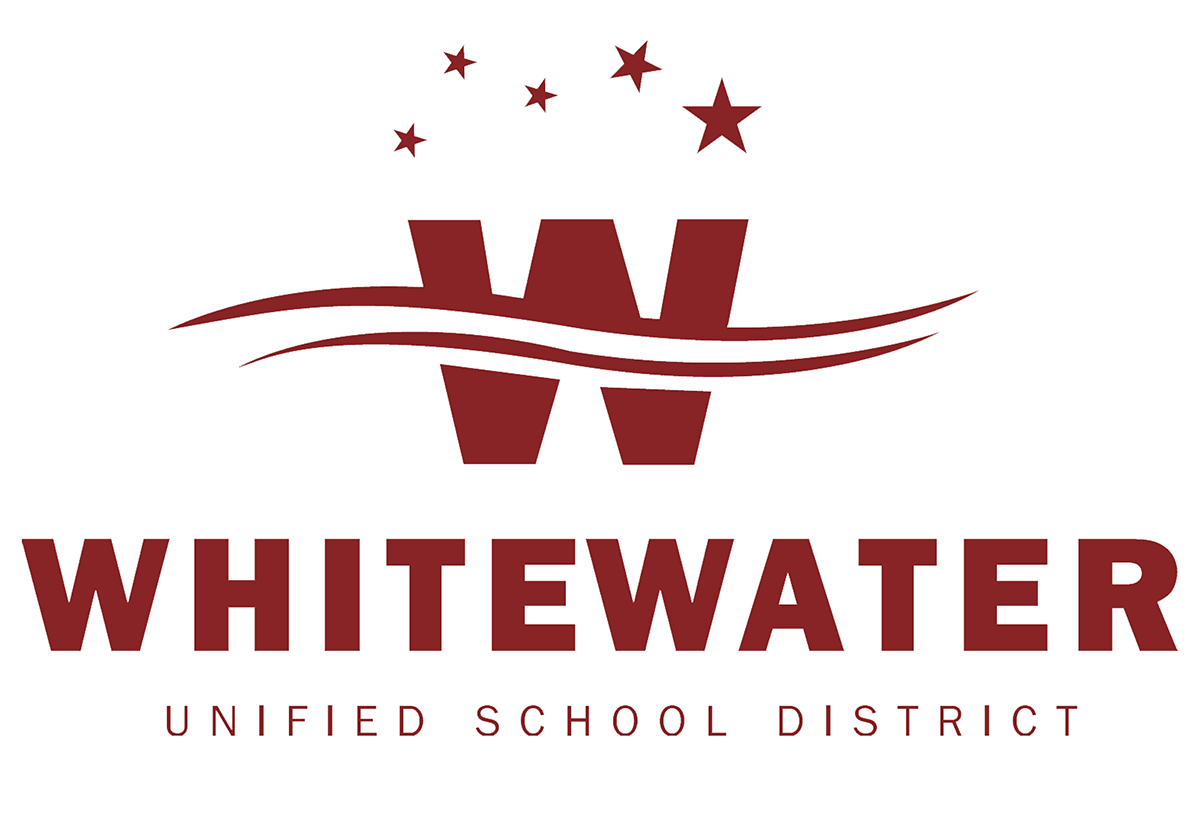PLEASE DIRECT INQUIRIES TO:
Dr. Caroline Pate-Hefty, 262-472-8700
FOR IMMEDIATE RELEASE: February 3, 2025
WUSD Elementary Students See Significant
Growth in Literacy Scores
WHITEWATER, WI — Students in the Whitewater Unified School District have achieved significant growth in literacy over the past year, according to Dynamic Indicators of Basic Early Literacy Skills (DIBELS) assessment scores.
Literacy proficiency in the district’s elementary schools has grown from 31.5% at the beginning of the 2023-24 school year, to 53.4% in January 2025. The achievement has come about due to the dedication and commitment of WUSD educators, specialists, coaches, paraprofessionals, and administrators to implementing research-based literacy instruction that is transforming student outcomes.
“This collective achievement is a testament to the power of collaboration, innovation, and a shared commitment to student success,” said Superintendent Dr. Caroline Pate-Hefty. “We are proud to see our efforts making a measurable impact, and we remain dedicated to fostering a future in which every student becomes a confident, capable reader.”
WUSD staff have embraced ongoing professional development in structured literacy and the Science of Reading, leading to the creation of impactful, data-driven instruction. The district’s adoption of Into Reading by HMH, a universal literacy curriculum, has provided a solid foundation for daily instruction, emphasizing the five essential components of structured literacy: phonemic awareness, phonics, vocabulary, comprehension, and fluency.
Additionally, the implementation of Systematic Instruction in Phonological Awareness, Phonics, and Sight Words (SIPPS) and Sound Partners has strengthened intervention strategies, ensuring students receive targeted support tailored to their needs.
WUSD’s literacy success has drawn attention from other districts across Wisconsin. During the first semester, WUSD welcomed educators from Adams-Friendship, East Troy, Janesville, Jefferson, Lake Mills, Ripon, and Watertown to observe and learn from its Tier 1, Tier 2, and Tier 3 literacy instructional practices.
